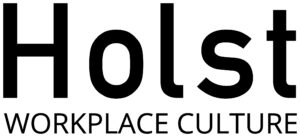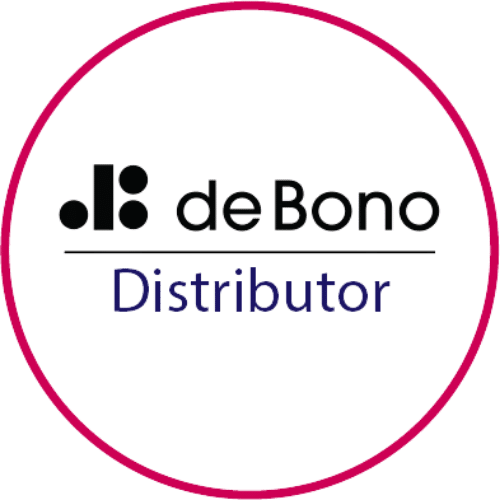Coach your leaders to be less command-control to encourage collaboration at work throughout your organisation.

Sharing the load reduces burnout. Yet, leaders will often struggle to ‘let in’ their teams. There is a perception of a strong leader who strides through an organisation, appearing in control and unruffled by challenge. They don’t need help! The truth however, is that no matter how someone might appear to glide effortlessly, the legs are paddling furiously beneath the surface. It looks good, but it is exhausting and unsustainable.
What is command-control leadership?
We tend to see command-control leadership in bureaucratic organisations, where senior management holds the power and rarely consults with the wider workforce. It is authoritative in nature, and relies on compliance from its employees.
It’s the type of leadership where diversity cannot flourish and creativity is stifled. There will be a pervasive culture of ‘what’s the point of speaking up, if no one wants to listen?’. For much of the 20th century, this worked. In government and corporate structures across the world this leadership style was very much in control.
Now, as we settle into the third decade of the 21st-century, this form of leadership is outdated and hinders progress. Yet it’s still there, holding back innovation and damping down employee engagement.
What is the solution to eliminate command-control leadership?
The answer lies in consistently advancing the cause of collaboration. It also lies in the development of self-esteem. Leaders who use command-control tactics are protecting their position. This could be based in an almost divine belief in what they are trying to achieve. It is also based on their sense of internal worth, or rather their lack of. In this case, collaboration is their enemy.
Collaboration invites people to pitch their ideas, and constructively challenge others in the pursuit of success. This does not sit well with the command-control leader. Such individuals struggle with the concept that their strategy could be flawed or incomplete, Surely this is a sign of weakness?
Command-control versus strong leadership
And here we have the crux of the matter. Just what is a strong leader? Someone who commands and controls, dictates every move and can never be wrong? Or, someone who has the self-esteem, adaptability and assertiveness to effectively manage team collaboration?
Far from being strong, the ‘my way or the highway’ stance of the command-control leader delivers a weaker manager, unable to mine the potential of a team. They cannot draw on the experience and creativity at their disposal and so the team can only move one direction. And not necessarily the right one. The result? Low engagement, poor productivity and high employee turnover. Not good at any point, but disastrous as we face ‘The Great Resignation’.
It’s a mistake to view collaborative leadership as being at the expense of assertiveness or direction. A collaborative leader will take on board the views and experiences of their team in order to make a decision. That decision may still be contrary to input from the team, but the collaborative leader has the skills to effectively communicate their action and bring the team along with them. In this situation, the collaborative leader is still able to harness the talent in the team to meet the company’s strategic objectives. A command-control leader would make a dictatorial decision, and expect the team to fall into line, without gaining the long-term ‘buy-in’ that creates the conditions for success. (Tip: Watch almost any episode of The Apprentice to see command-control in action).
Can collaboration go too far?
Absolutely, yes it can. Again, take a look at some of the less decisive team leaders in this season’s Apprentice for exaggerated examples in action.
Excessive collaboration can lead to burnout, which leaves people feeling unappreciated, irritable, and perpetually exhausted. When an individual ‘overuses’ their collaboration skills, they run the risk of losing their authority and the confidence of their team. According to Rob Cross (the Edward A. Madden Professor of Global Leadership at Babson College), there are three significant costs associated with collaboration overload:
- reduced engagement
- attrition and loss of the overwhelmed people
- sky-rocketing mental-health costs
Collaboration is all about identifying balance and walking the tightrope to maintain it. But how can HR professionals and business managers identify what ‘appropriate’ collaboration looks like?
What’s the answer?
Develop your people, especially your leaders, so they can understand that seeking and acting appropriately on the collaborative efforts of others is a sign of strength. Managers are often promoted because they were good in a team role. While that is a strength, they need to learn how to do the job of management too. Without strategic development support, their ‘management training’ will simply consist of the leadership styles they have observed and experienced over the years. If they are lucky enough to have collaborative managers, you might get away with it. Most of us however, are not that fortunate.
Now is the time to break the perpetual cycle of poor leadership. Do the best by your leaders and the teams they head up. Equip them with the skills they need to escape the command-control trap and embrace the human power skill of collaboration.
Coaching helps your talented people to become great leaders. They learn about themselves in one-to-one sessions and can reflect on the small changes that create a huge impact. Coaching over time breaks down the defensive barriers that we build to protect our egos. That allows us to explore our strengths and weaknesses in a safe space, with a professional who can guide us through the challenges and setbacks we face in the workplace.
Contact us to learn how leadership development with flowprofiler® will change how your managers lead. Help them to create the conditions for a healthy, strong and collaborative workplace culture.





